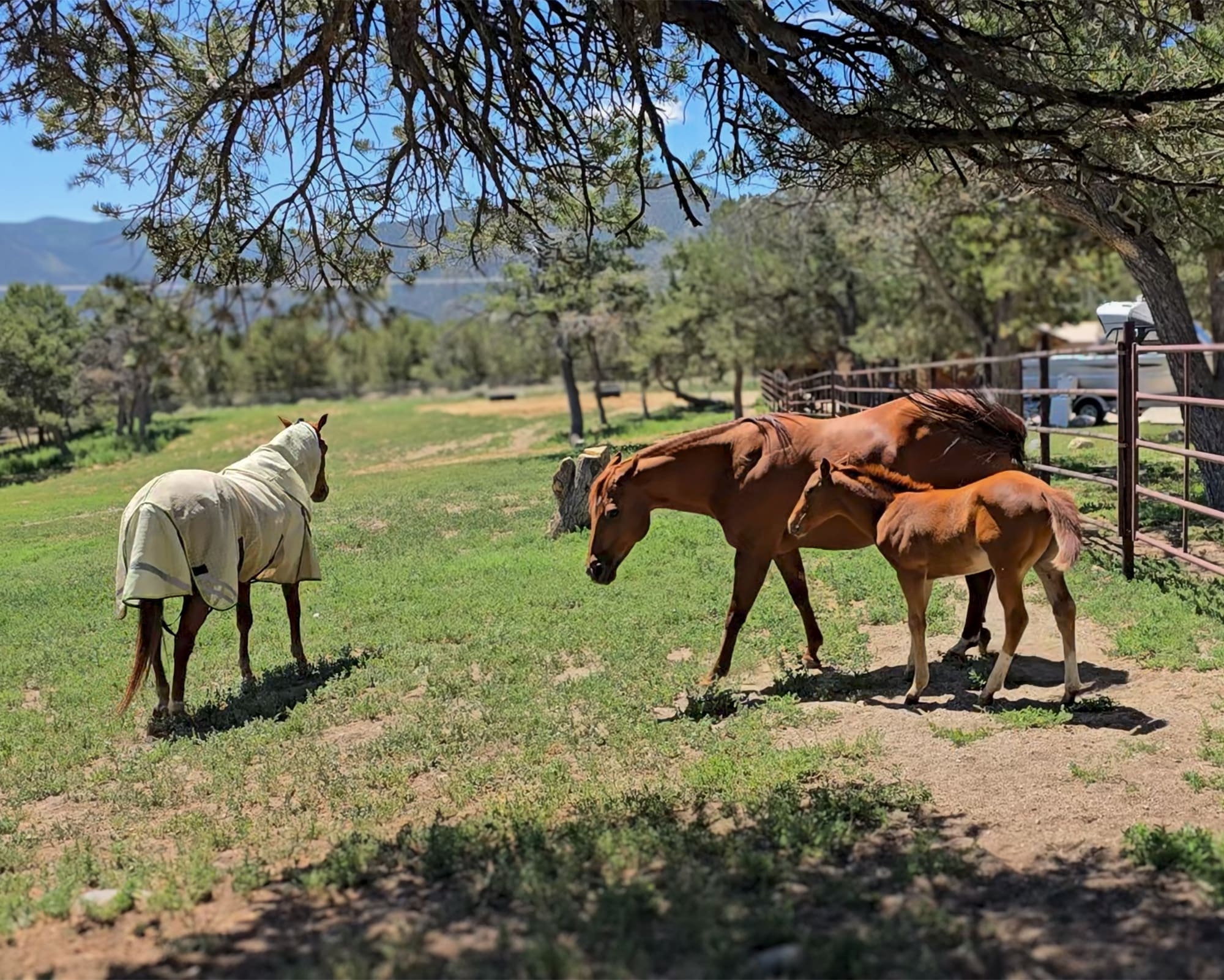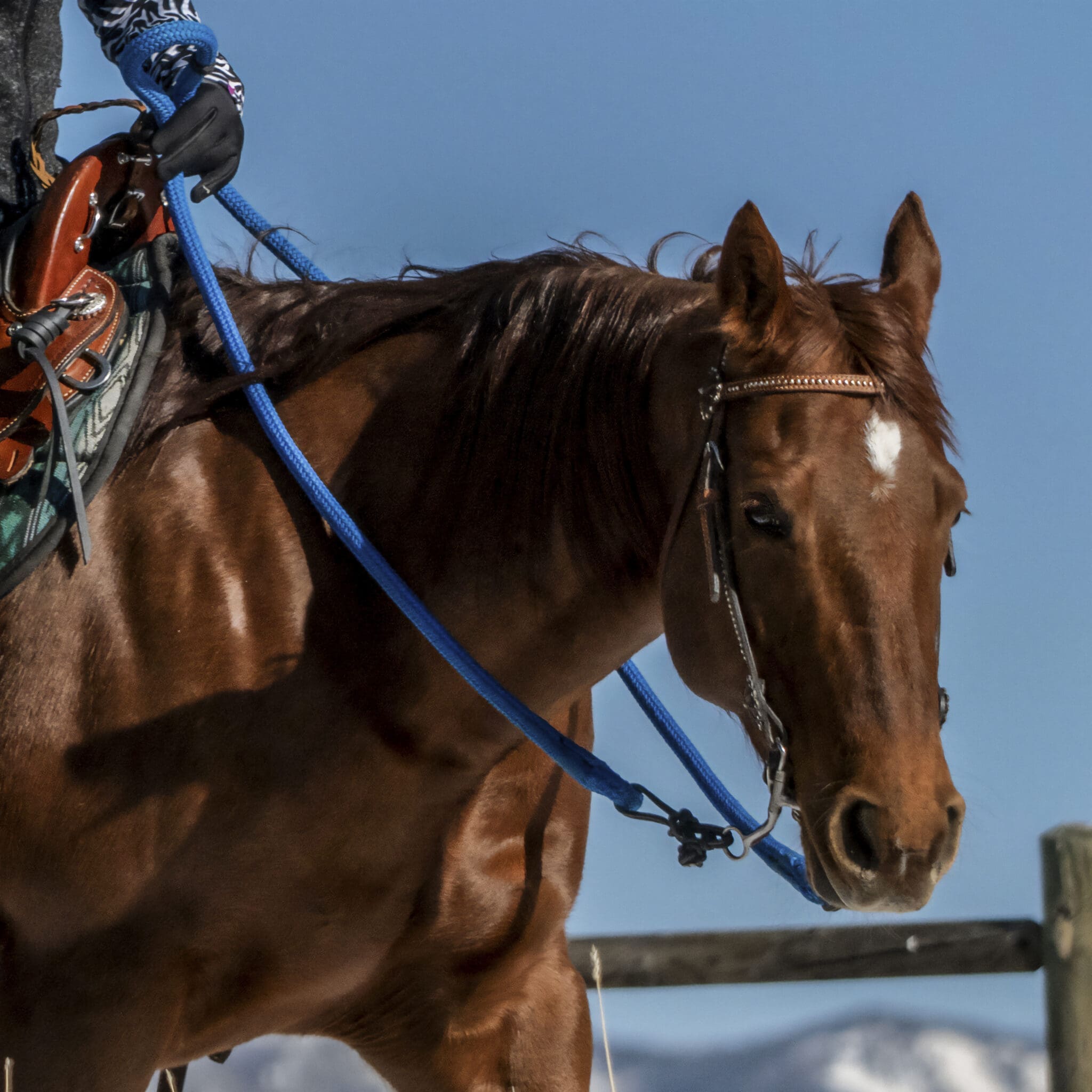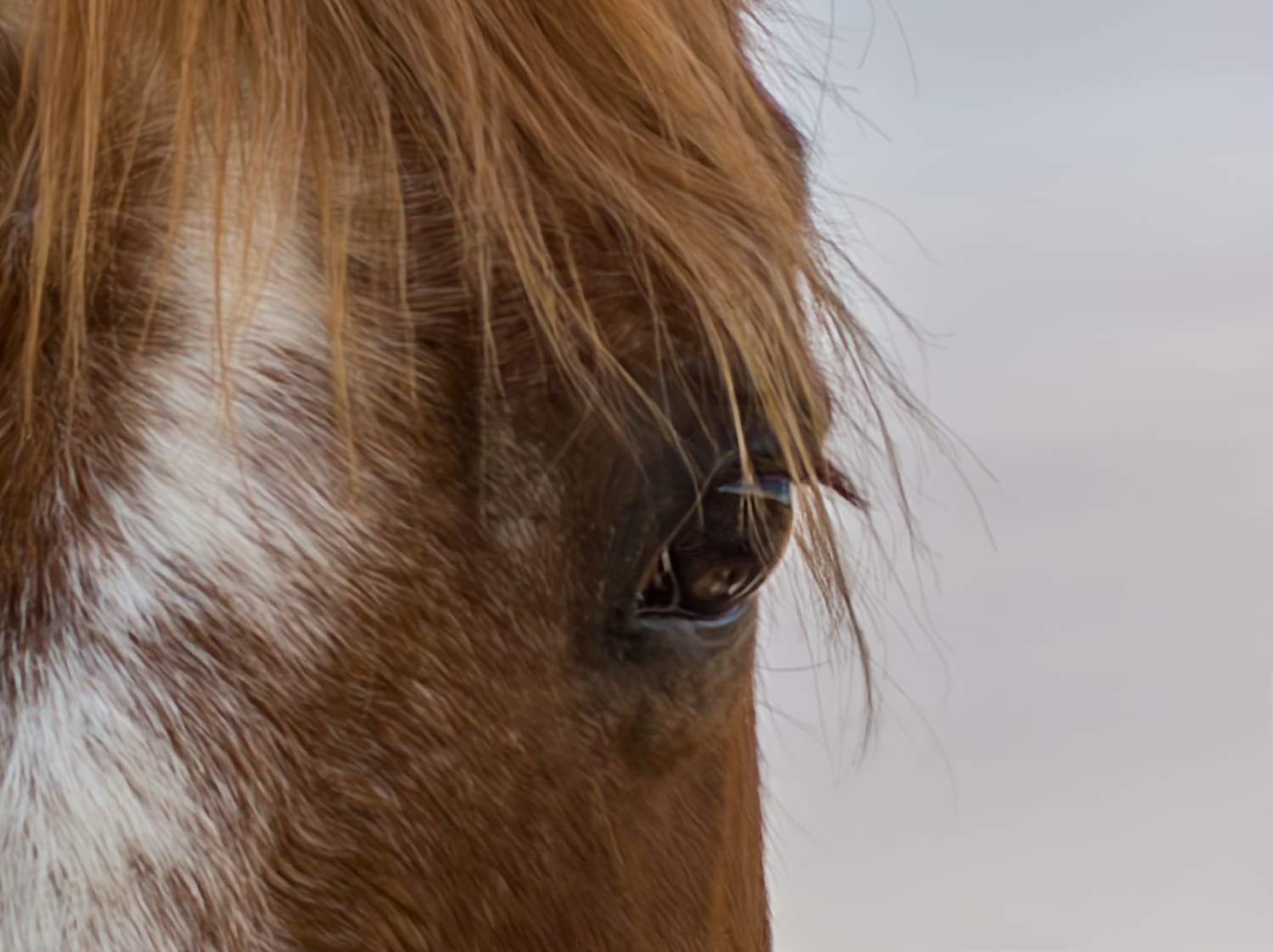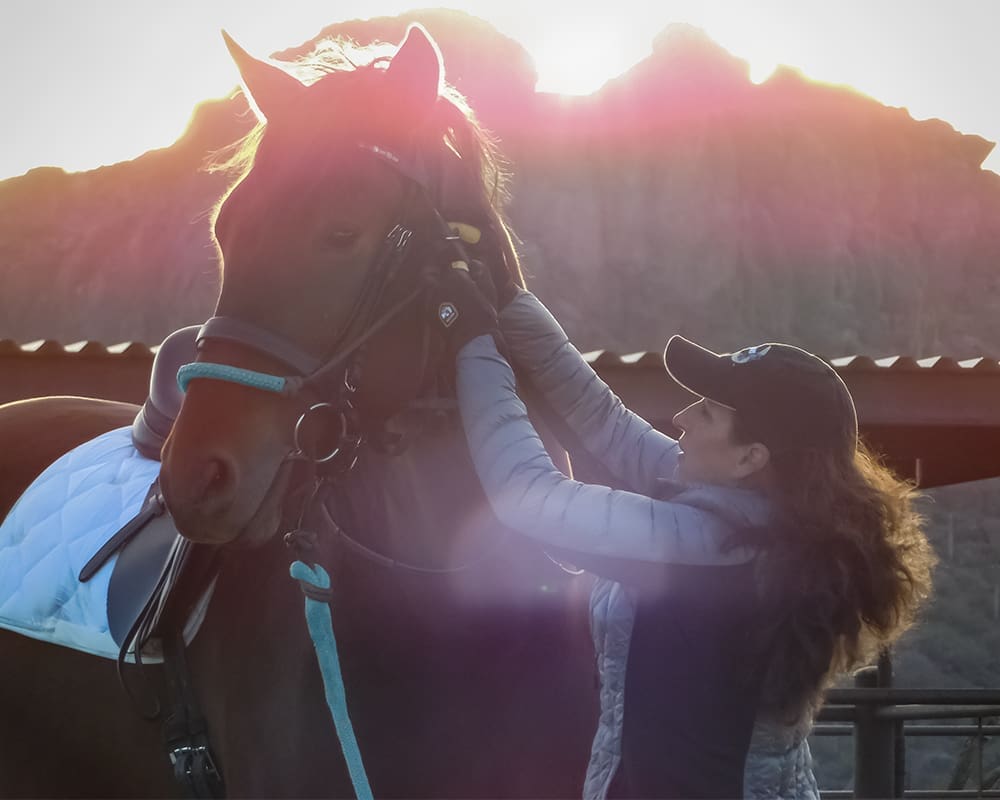Spring Health Maintenance
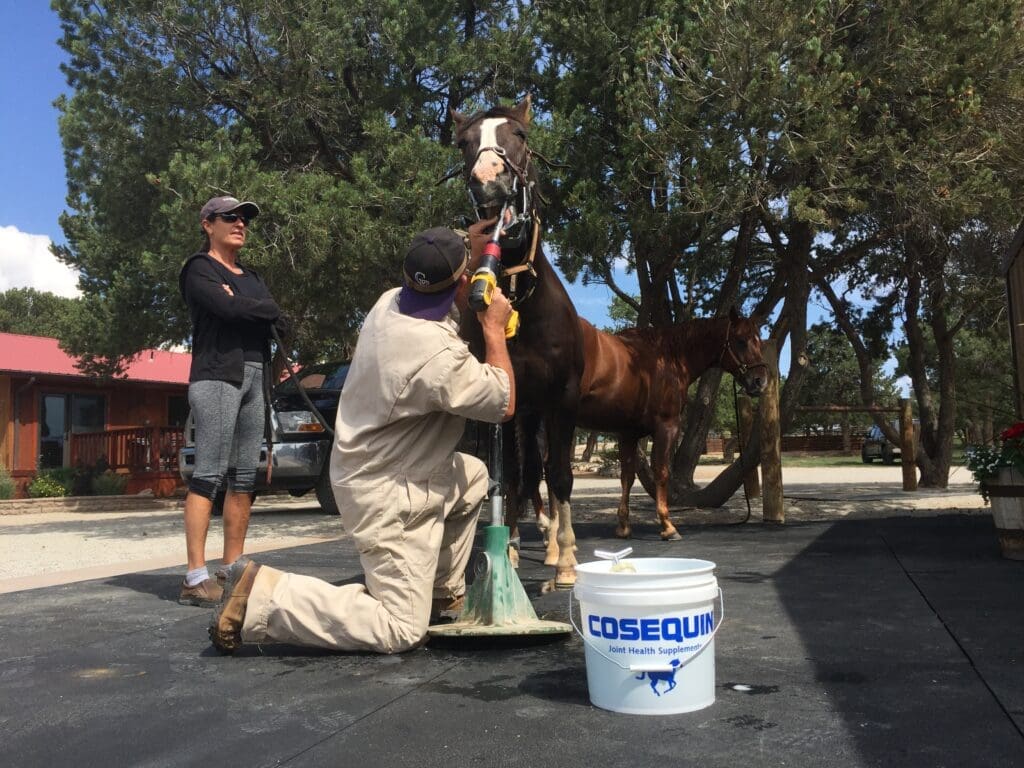
My vet floating teeth at my facility
To listen to the audio version click here
Proactive Horse Care: Your Annual Health Checklist
As any seasoned horse owner knows, despite our best efforts to ensure a safe environment for our horses, being the active and sometimes accident-prone animals they are, stuff happens. Prone to many of the same health challenges as humans, horses also go through stages of life which have various impacts on their health. All of this necessitates a proactive approach to equine health and well-being, with veterinary care at the forefront. Let’s delve into the crucial aspects of horse health and the vital role of veterinary care.
The Cornerstone: The Annual Veterinary Wellness Exam
We do our annual vet exams, vaccinations, and dental care every Spring. Just as we prioritize annual check-ups for ourselves, a yearly wellness exam by an equine veterinarian is paramount for maintaining your horse’s health.
This comprehensive physical assessment allows your vet to establish a baseline of your horse’s condition, to detect subtle issues before they escalate, and provide tailored advice for ongoing care. It also gives time for your vet to get to know your horse and for your horse to get comfortable with your vet. During this examination, several key areas are typically addressed.
- Vaccinations, both core and risk-based, are administered to protect against prevalent and potentially life-threatening diseases. Core vaccines generally cover conditions like Eastern Equine Encephalitis (EEE), Western Equine Encephalitis (WEE), West Nile Virus (WNV), Rabies, and Tetanus (often combined as EWT), while risk-based vaccines, such as those for influenza, rhinopneumonitis, strangles, and other diseases are recommended based on your horse’s geographical location, exposure risks, and intended use. I always use the vaccines recommended by my vet.
- Parasite control is another essential component of annual health maintenance. We utilize fecal egg counts on our horses to help identify the specific types and levels of internal parasites present, developing a strategic deworming plan rather than relying on a blanket approach. This targeted strategy helps prevent drug resistance and ensures effective parasite management. I administer the tests myself, twice a year, with a simple mail-order kit (find a test service online). Based on the test results, sometimes my horses do not need de-worming at all.
- Dental exam and floating are crucial, as dental problems can lead to a range of issues, including difficulty eating, weight loss, bridle issues, and even behavioral changes. Your vet will check for sharp points on the teeth, proper alignment, and any bite abnormalities, addressing these with a process called floating to ensure comfortable and efficient chewing.
- A Lameness evaluation or simply watching the horse walk and trot in straight lines and circles, may uncover subtle musculoskeletal issues, inappropriate hoof angles, or early signs of joint problems and unsoundness that might not be immediately apparent. Early detection and intervention can significantly improve the long-term comfort and soundness of your horse. Investing in joint health medications prescribed by my vet and nutritional supplements like Cosequin help keep my horses comfortable throughout all stages of their lives.
Cultivating a Positive Veterinary Partnership
The three-way relationship between you, your veterinarian, and your horse is essential and there is a lot you can do to keep all the parties happy and cooperative. Creating a smooth and effective veterinary experience relies not only on your vet’s expertise but also on your horse’s behavior.
It’s important to teach your horse good ground manners to enhance every veterinary visit. A well-trained, calm, and cooperative horse makes the vet’s job significantly safer, easier, and more effective. Even the most skilled vet can struggle to thoroughly examine a horse that is restless, uncooperative, or defensive. By ensuring your horse has good ground manners in normal circumstances, it’s more likely to remain compliant even when uncomfortable, hurt, or fearful during an examination.
Focus on these four key ground lessons that are beneficial for veterinary visits:
- Training your horse to stand still, even when feeling anxious, is crucial for examinations, injections, and other procedures.
- Do your desensitizing homework ahead of time! A horse that accepts touch on sensitive areas like the mouth, nostrils, ears, eyes, and genitals allows for thorough examination without resistance.
- Teaching your horse to allow you to place its foot on a target (as opposed to jerking it out of your hands or slamming it to the ground) can become invaluable during lameness exams or when X-rays or other images are needed.
- Finally, a horse that, when being led at the walk and trot, will match your pace without any tension on the lead rope, allows the veterinarian to accurately assess their gait during a lameness evaluation.
The links above will give you exercises to do with your horse to address these fundamental horse-handling skills. Investing time in these specific ground manners can lead to more thorough examinations, potentially reduce the need for sedation or mechanical restraints, and ultimately save you money and minimize stress for your horse. Establish the best relationship with your vet that you can. While veterinarians and technicians care about all horses, they naturally appreciate working with well-mannered patients and responsible owners.
Being Prepared: Essential First Aid Knowledge
Despite preventative measures, minor injuries are a common occurrence with horses. Equipping yourself with basic first aid knowledge and maintaining a well-stocked first aid kit are essential for addressing injuries promptly and effectively. It’s crucial to have necessary supplies on hand before you need them. Now is a good time to check your supplies and refresh your emergency kits.
A comprehensive first aid kit for your horse should include:
- Antiseptics for cleaning wounds: I use Silver Honey wash and wound spray for cleaning wounds. Nolvasan surgical scrub, hydrogen peroxide, and witch hazel are useful at times.
- Supplies for wound care: This includes saline solution for irrigating eyes or mucus membranes, ointments like Silver Honey for wound care, and medicated dressings for serious wounds, as recommended by your vet.
- Bandaging materials: I keep a variety of supplies such as 4×4 sponges (or gauze pads) for cleaning and dressing wounds, sheet cotton and rolled gauze for padding and wrapping legs, vet wrap and adhesive wrap for securing bandages, and sturdy duct tape for various uses, like bandaging a hoof. Infant-sized disposable diapers can be surprisingly useful for girth sores or foot bandages or as absorbent pads.
- Other essential tools: Disposable gloves are important for your protection. A large syringe and mastitis needle are essential for irrigating puncture wounds. A digital thermometer, bandage scissors, and clippers are also valuable additions to your kit. I also keep a disposable foot-soaking kit in stock. Discuss keeping certain drugs on-hand with your vet, such as colic and/or pain medications, as a proactive measure.
Recognizing When Veterinary Intervention is Crucial
While horse owners can manage many minor ailments, it’s critical to recognize situations that necessitate immediate veterinary attention. When in doubt, it’s always best to call the vet. Specific situations warranting a call to your veterinarian include:
- Any signs of colic or illness.
- Cuts that appear deep enough for sutures or are in sensitive areas like the face or lips.
- Wounds requiring tranquilization for proper cleaning, suturing, flushing, or drainage.
- Injuries located near a joint.
- Any instance of lameness associated with an injury, including suspected hoof abscesses.
- Concerns about infection, potentially requiring antibiotics.
- Fresh wounds with clean edges where suturing might be beneficial for healing and to minimize scarring.
- Suspected foreign material embedded in a puncture wound.
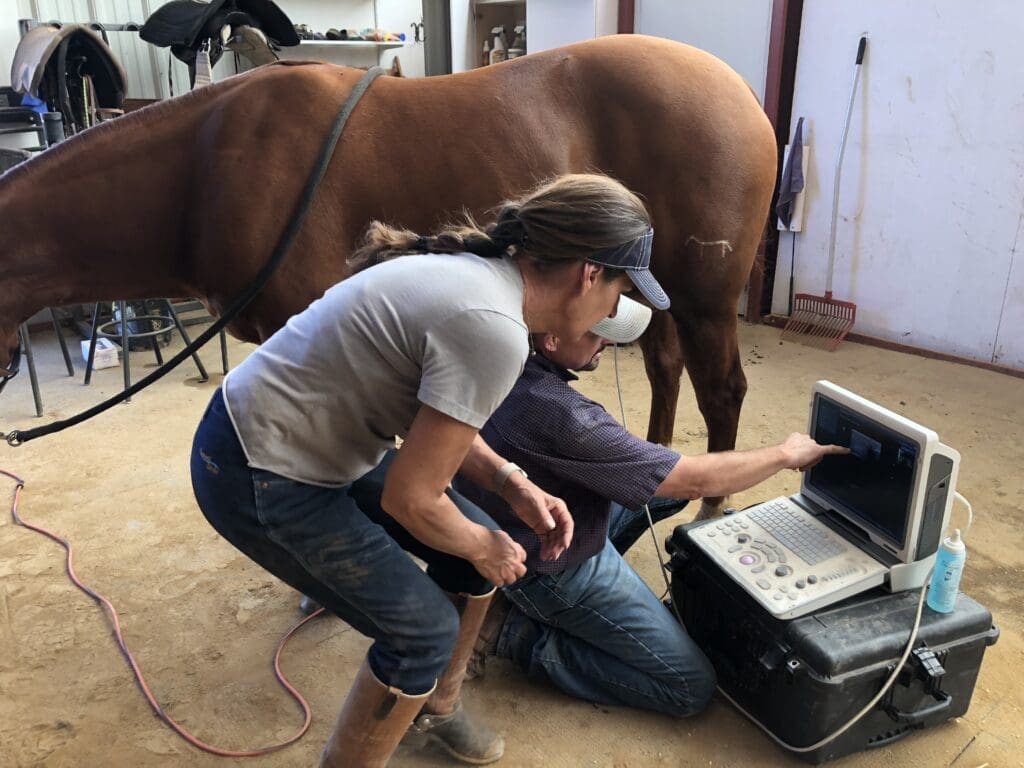
Emergency Preparedness: Being Ready for the Unexpected
Finally, being prepared for emergencies is a critical aspect of responsible horse ownership. Ensure you have a readily accessible emergency plan that includes your veterinarian’s contact information, as well as plans for evacuation if needed. You should also consider the availability of emergency horse transportation to a veterinary hospital, should it be needed.
Regularly verify that your horse’s microchip or other identification is up to date and that your records are easily available, like Coggins, ownership papers, or brand inspection. Knowing what to do in an emergency and having the necessary information at hand can significantly improve outcomes.
In conclusion, maintaining your horse’s health requires a multifaceted approach centered on regular veterinary care. By prioritizing these aspects, you can contribute significantly to the well-being and longevity of your equine partner.
I’ve put together a handy checklist that summarizes this information to help keep you on track in managing your horse’s health. We all want the best outcomes for our horses and being a responsible horse owner includes being prepared, getting help from professionals like veterinarians, farriers, and other experts, and educating yourself, so that you can make good decisions for your horse.
